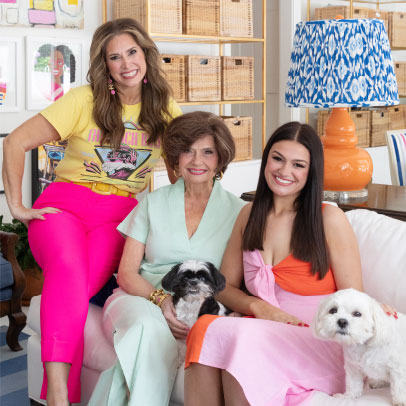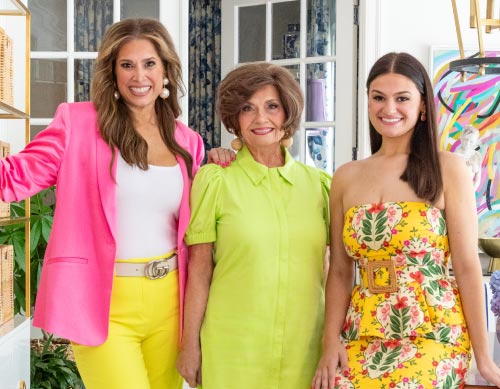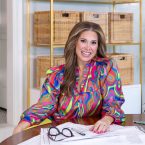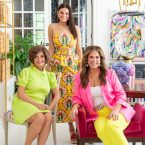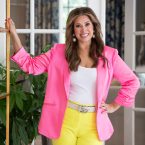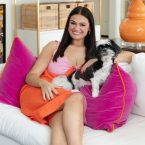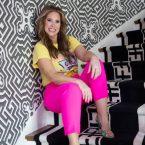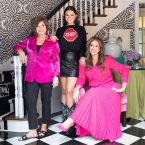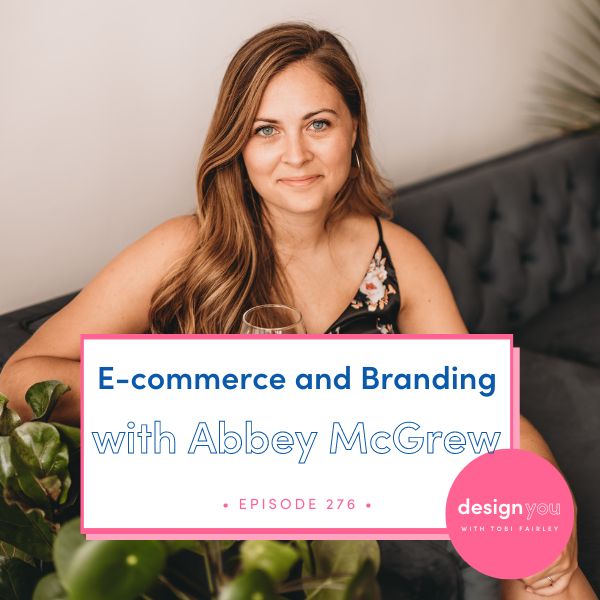
This week, I’m interrupting my solo series around how the interior design industry is changing and bringing you a wonderful conversation I had with Abbey McGrew about e-commerce and branding, both of which are actually super important for the future of your interior design business.
Abbey is the founder and creative director of Wayfarer Design Studio, and she’s known for her heart-led approach to branding design. Abbey helps thoughtful e-commerce founders bring their brands to life through visual identity, packaging, and web design. As you’ll hear today, Abbey believes that great branding is more than skin-deep and it’s always about finding a way to weave deeper meaning into every detail.
Tune in this week to discover everything you need to know about e-commerce and branding. Abbey McGrew is sharing why branding is the foundation for an e-commerce store, her expertise in creating branding that stands out, how to streamline and infuse the different areas of your marketing content, and how to communicate your unique story through your branding.
Discover a new path to success in the Interior Design Industry with our live 3-part training: How To Create Additional Revenue Streams. Join us as we teach you the strategies to launch innovative income streams, freeing you from the limitations of traditional design services. Don’t miss this opportunity to revolutionize your business and thrive in today’s competitive landscape. Grab the Training Series now to prepare your business for today & beyond!

